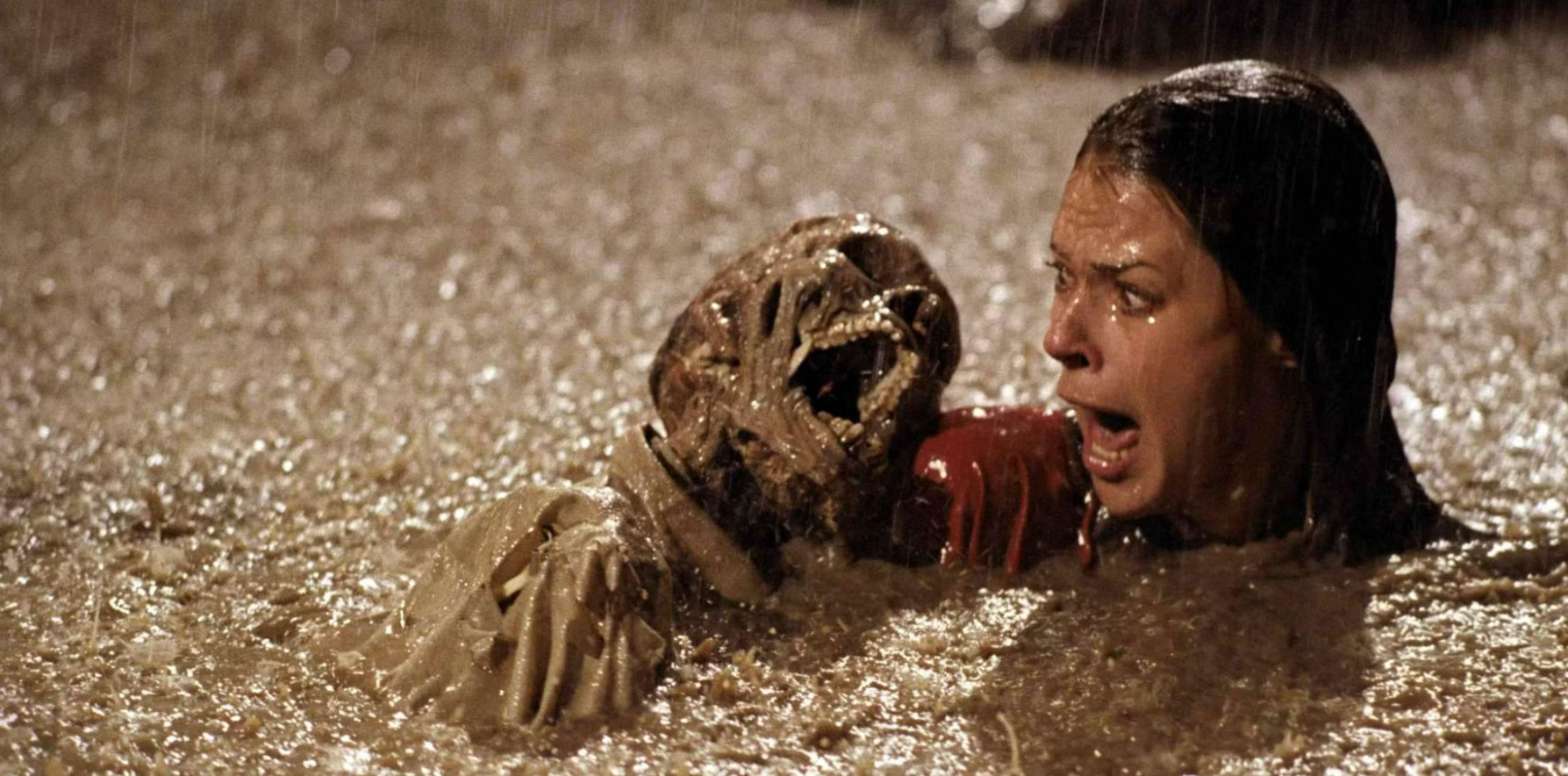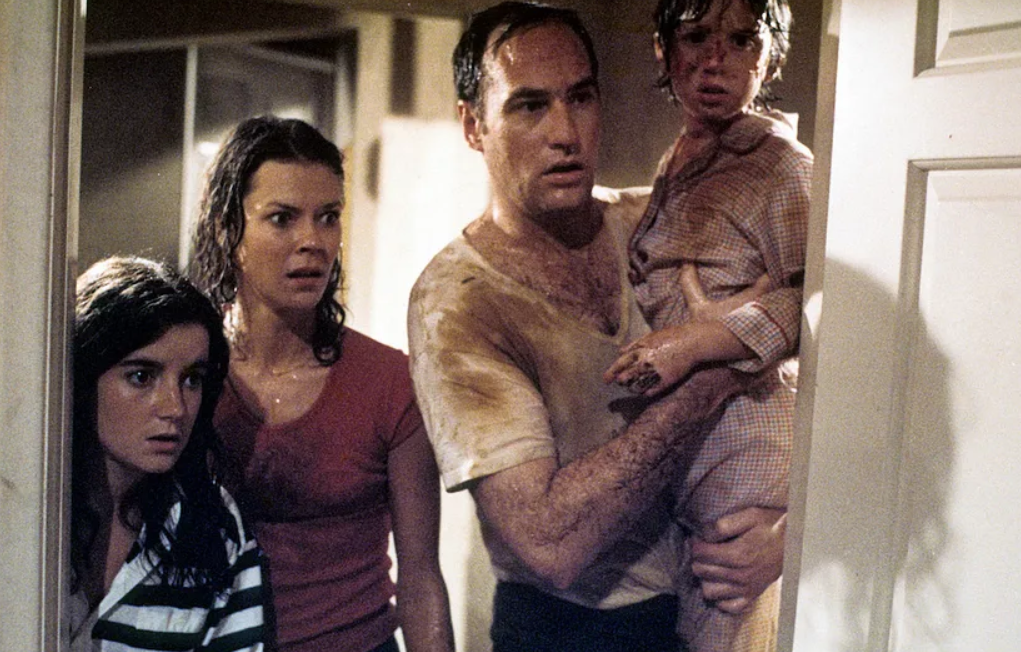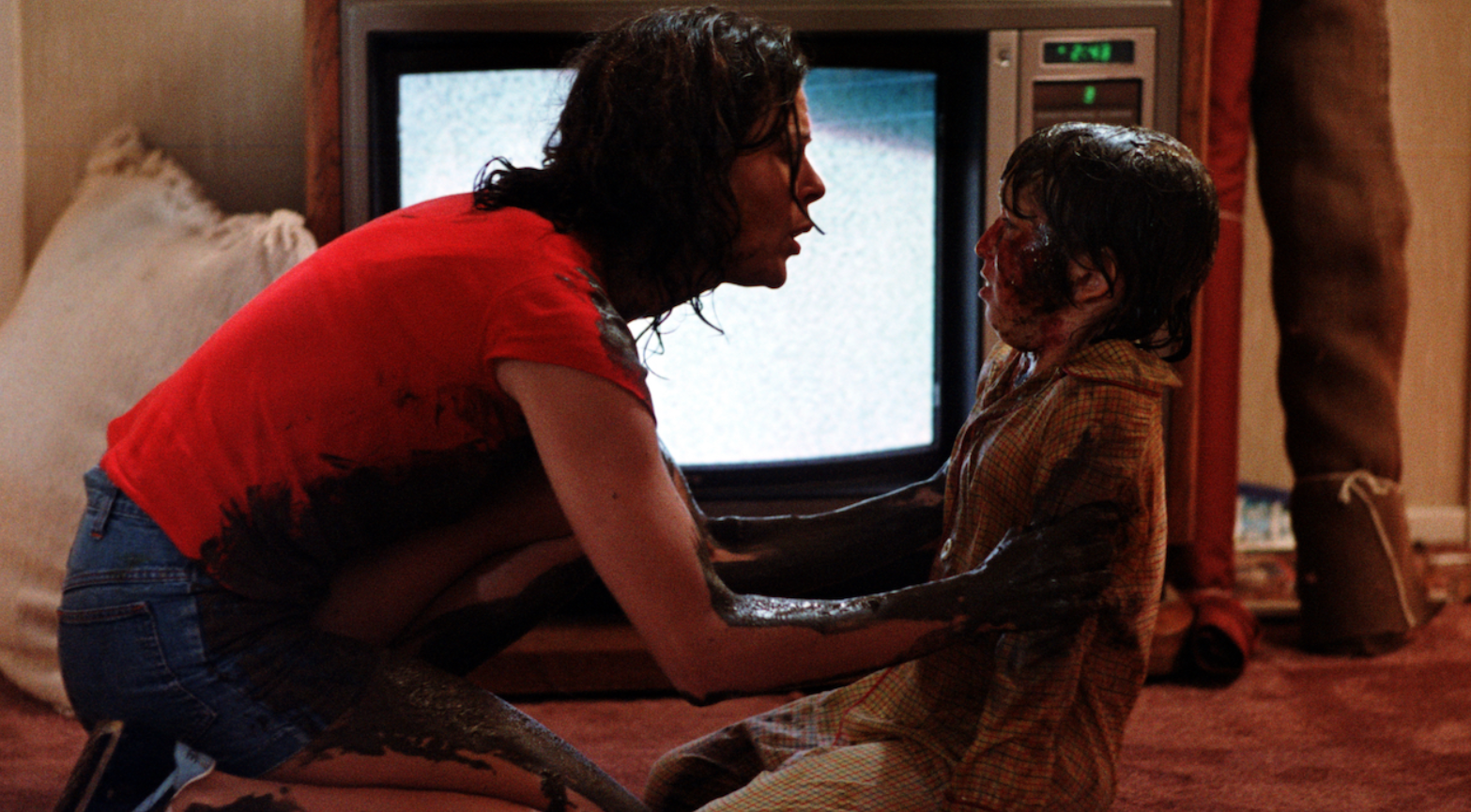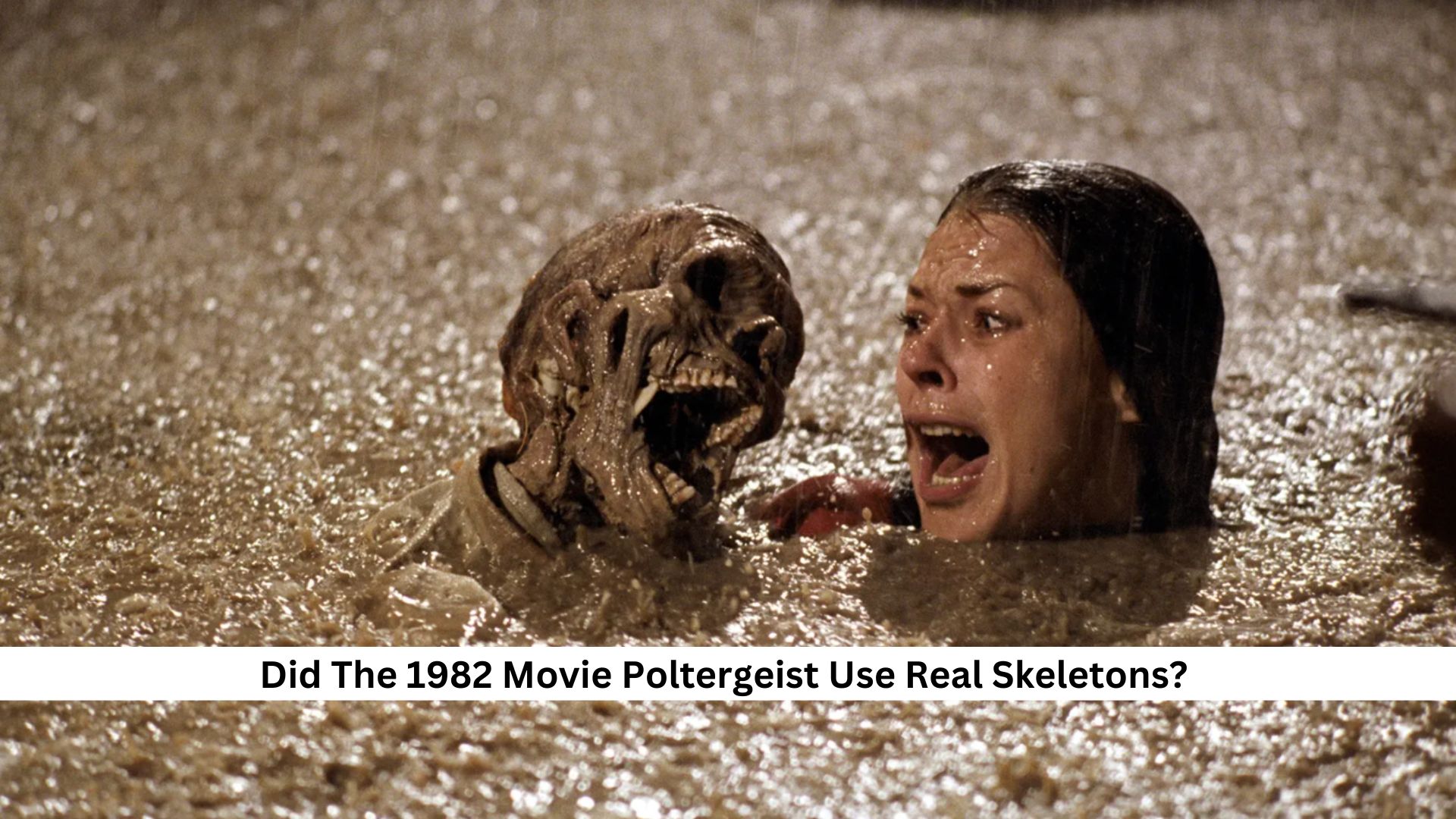The 1982 horror movie Poltergeist has stirred up some rumors about its use of real human skeletons in some of its scenes. This choice raises some big ethical questions about using human remains for entertainment. Where should we draw the line when it comes to keeping things real in movies? The answers to these questions could change how movies are made in the future. Let’s dig into what this choice means and how it could affect filmmaking down the road.
The Controversy of Real Skeletons in “Poltergeist”

Origin of the Skeleton Claim
The film Poltergeist used real human skeletons in a famous scene, which caused a lot of debates about what’s acceptable in movies. They chose real skeletons because they were cheaper than fake ones. This choice made the movie feel more real and a bit more unsettling. Later on, when people found out the skeletons were real, it made the film even more infamous. This decision also made people think about whether it’s okay to use human remains for entertainment, as it touches on deep values and respect for the dead.
Evidence Supporting the Use of Real Skeletons
Recent reports have confirmed that real human skeletons were used in some scenes of ‘Poltergeist.’ This choice was mainly due to budget limits and the difficulty in finding realistic fake skeletons, which added a real chill to the film’s atmosphere.
JoBeth Williams, an actress in the film, didn’t know the skeletons were real while filming. This fact made the experience even more unsettling for everyone involved. The use of actual human remains has sparked a lot of debates about ethics and has become a significant part of the film’s history, helping to cement its status as a horror classic.
“Poltergeist” Legacy and Ethical Discussions
Impact on Horror Filmmaking

Poltergeist’s choice to use real human skeletons made the movie scarier and started a big debate on ethics in horror filmmaking. This choice had a strong impact, making filmmakers think more about the right and wrong ways to achieve realism. The use of actual human remains sparked a wider conversation on where to draw the line in horror movies. Because of this, Poltergeist serves as an example of how real props can make horror films more effective but also bring up important ethical issues.
Cultural Respect and Filmmaking Ethics
When we look at the movie ‘Poltergeist,’ we find important debates about cultural respect and what filmmakers should consider. People are asking if it’s really worth it to use actual human remains just to make a scene look real. This issue points out that we need clear rules in making movies that respect different cultures and maintain human dignity, while also allowing creativity. These conversations are crucial as they help shape how movies are made in the future.
Role of Special Effects in Modern Cinema
Special effects in movies like ‘Poltergeist’ start tough talks about right and wrong in filmmaking. This choice did make the scenes scarier, but it also made people think about what’s acceptable when making a movie.
This kind of decision shows the struggle between wanting to be creative and needing to be responsible. The effect on the people making the movie, and how the viewers feel about it, really shows how powerful special effects can be. It pushes filmmakers to think about how they can stay true to their vision while also being thoughtful and ethical.
Also Read: Watch Star Wars Movies & Shows In Chronological & Release Date Order
Realism in Horror Films and Society

Using real human skeletons in horror movies like Poltergeist sparks serious ethical debates. When the filmmakers opted for real skeletons to make the scenes more realistic, they mixed up what’s real with what’s just for show. This choice has led to ongoing arguments about whether it’s okay to use human remains for art.
It also affected the audience and the actors, who didn’t know about the real skeletons while they were filming. This adds to the ethical issues. So, Poltergeist is remembered not just for its role in horror movie history but also for these tough conversations about what’s right in art and morality.
Also Read: Watch ‘Lord Of The Rings’ And ‘The Hobbit’ Movies In Order
Promote Transparency and Ethical Practices in Filmmaking
Filmmakers should respect the deceased and think about how their choices affect everyone involved, including the audience. By following ethical standards, we respect human dignity and keep the creative process honest. As filmmaking continues to evolve, it’s crucial to keep talking about these issues and examining our choices. This way, we can ensure movies are not only impressive but also respectful and thoughtful.
Conclusion
Reflecting on the use of real human skeletons in the movie Poltergeist, we see that it made the film feel more real and left a mark on those who made and watched it. This choice, made to save money, has sparked ethical debates and gave the movie a genuine feel that still scares and captivates people.
The psychological effect and the rumored Poltergeist curse have made the film unforgettable in Hollywood. As filmmakers keep pushing the limits of horror and realism, the story of Poltergeist shows us how using real materials can make a big difference in storytelling.
Keep Visiting The Jeep Diva for more interesting stories and facts from the entertainment world!

Sara Sabrena is an experienced content writer and a passionate movie fan. She loves analyzing movies and writes engaging reviews and in-depth analyses of films, from independent ones to big blockbusters. With her background in literature and media studies, Sara adds depth and her own unique viewpoint to her writing.

